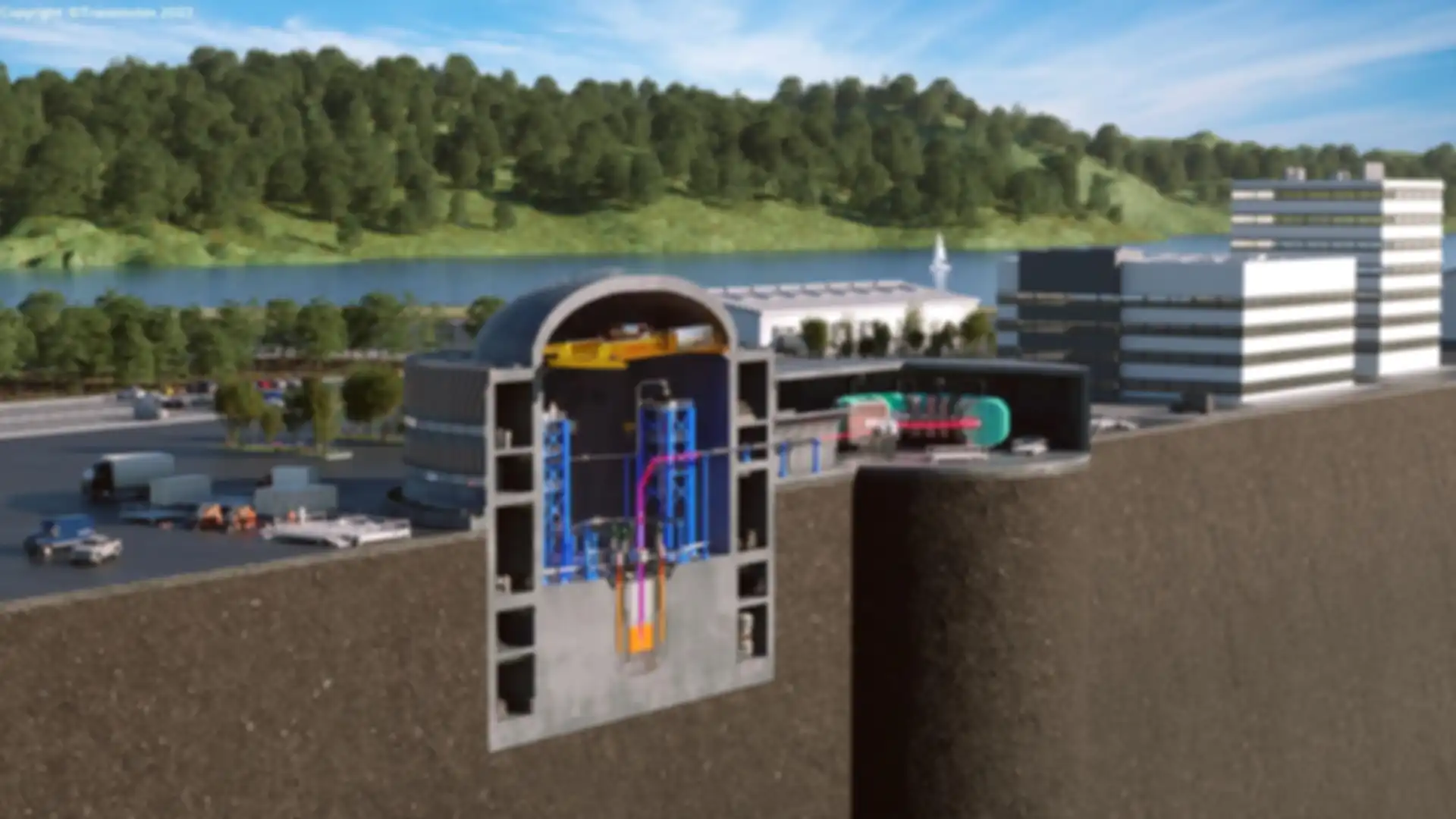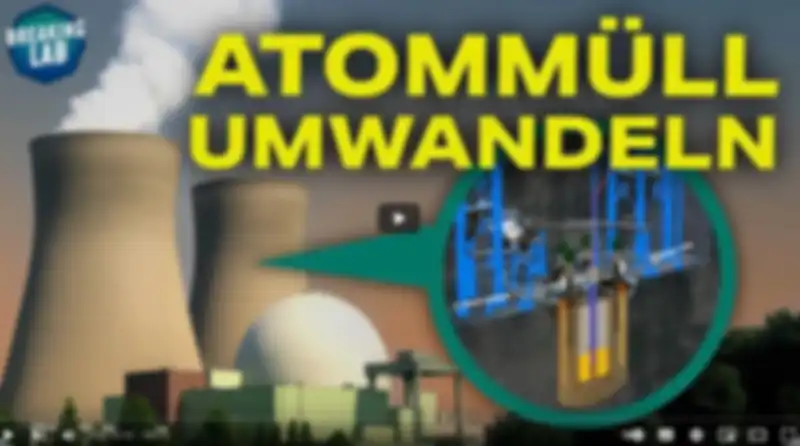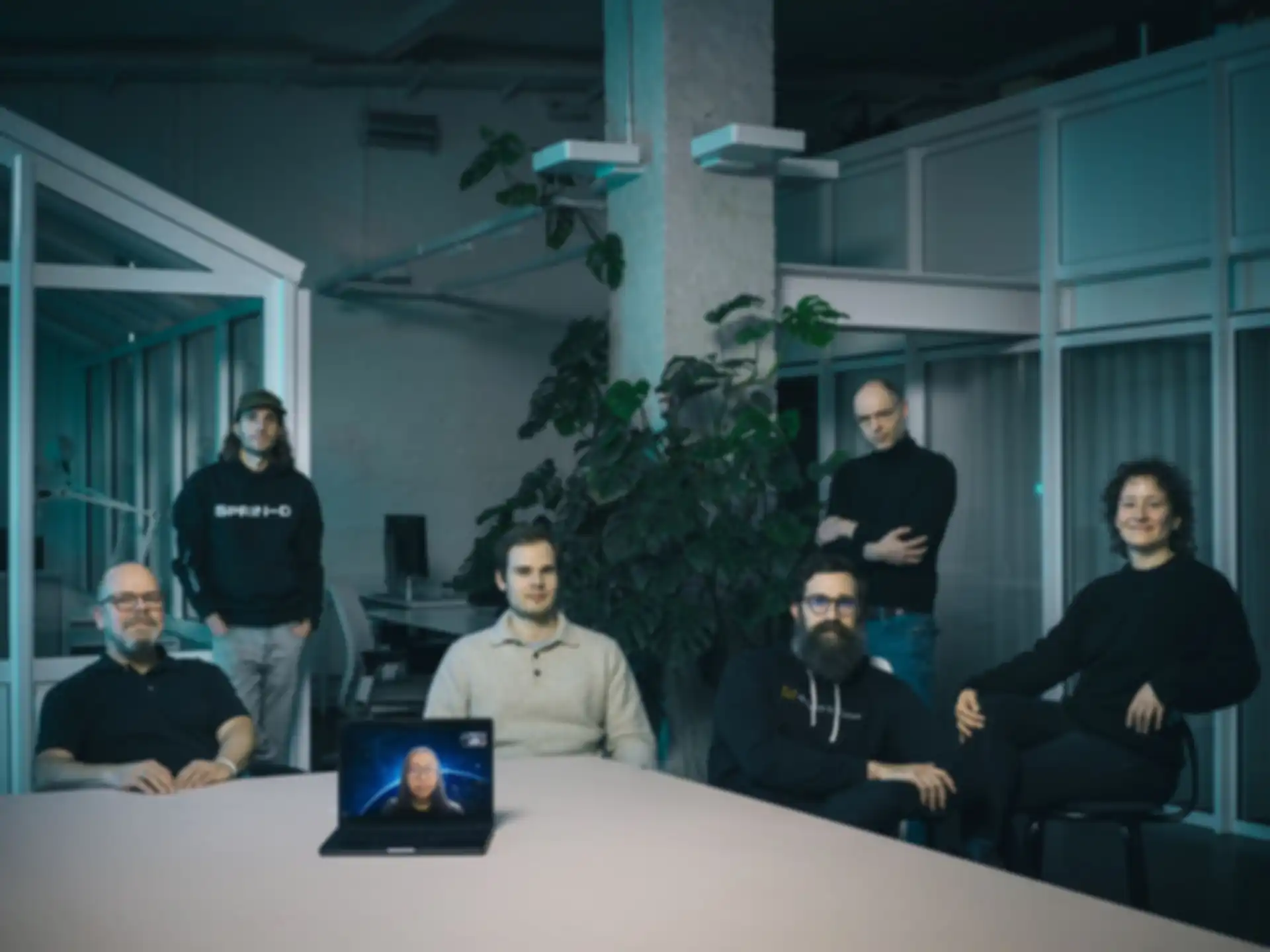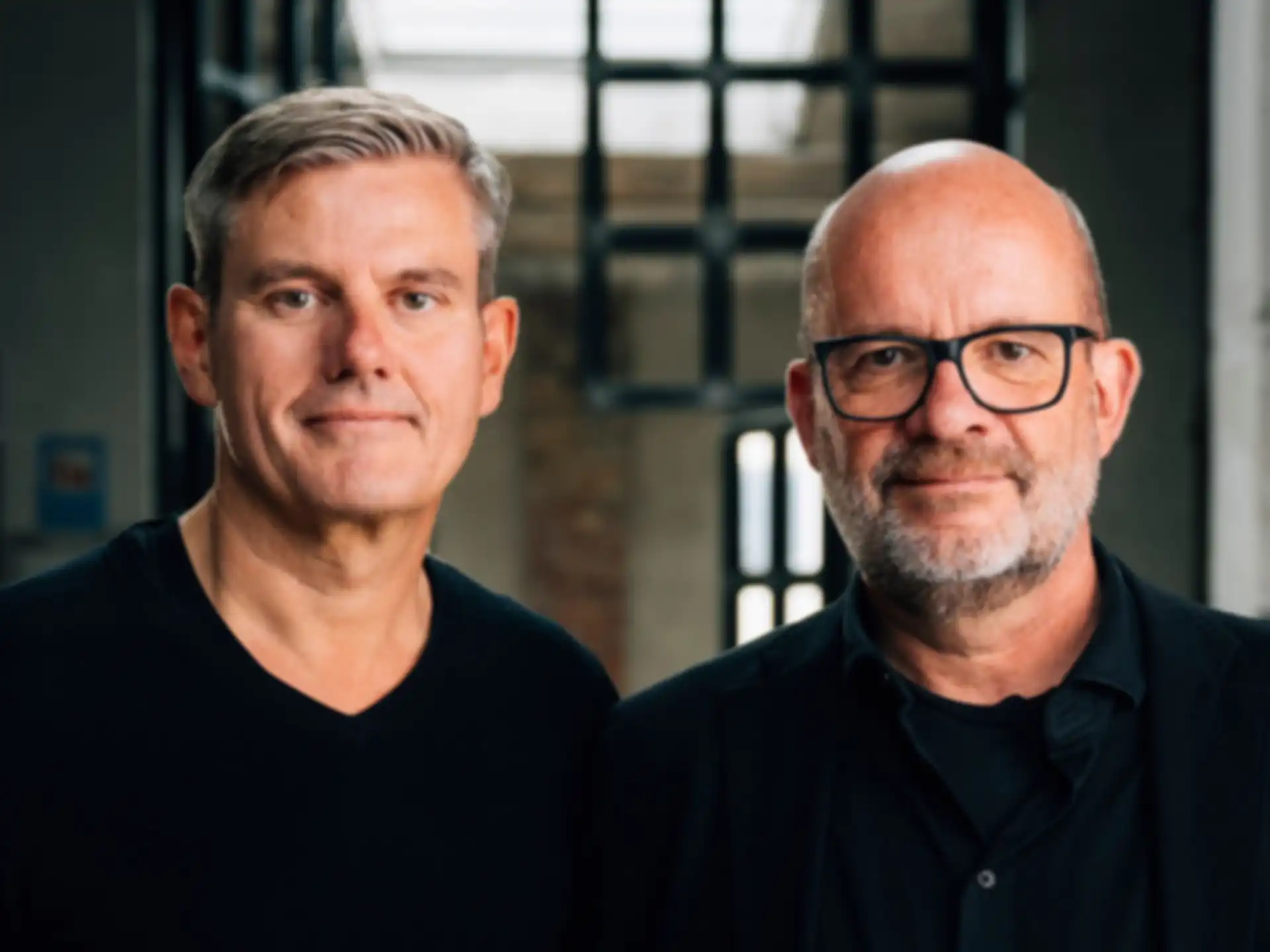2/10/2025
NEW TECHNOLOGY FOR OLD SITES
SPRIND and Transmutex publish implementation study on an accelerator-driven neutron source that can be built on the site of a former nuclear power plant.
SCALABILITY and delivery of the 1st kWh from a complete net 220 MWe plant could be achieved by 2035 from a technical point of view.
ECONOMIC VIABILITY
Already the FOAK (over-night CAPEX of approx. EUR 1.5 billion; OPEX of EUR 115 million p.a.) would be profitable solely relying on revenues generated from medical radioisotopes, raw materials, fees for the disposal of nuclear waste and from process heat. Using an existing site reduces CAPEX by ca. 30 per cent and, depending on the scenario, results in an NPV of EUR one to seven billion. As the pyro-processing unit can serve up to four ADS, significant cost reductions in addition to NOAK savings can be expected constructing further plants.
SAFETY COMPLIANCE
Transmutex´ plant design generally complies with German and international safety requirements and regulations. Due to its subcriticality and liquid lead shielding, it achieves a superior safety standard and is proliferation resistant, but a more detailed elaboration is needed (conceptual and engineering design).

LEGAL FRAMEWORK
Despite its novelty, the facility fits into Germany‘s existing legal framework. In particular, the accelerator could be constructed right away. However, the reprocessing of spent fuel is currently prohibited as is converting the process heat into electricity.
STRATEGIC INDEPENDENCE AND SOCIO-ECONOMIC BENEFITS
The raw materials extracted (Cesium, Krypton, Ruthenium, Strontium, Uranium) provide strategic and energy independence. Further benefits are the development of new cancer medication, the attractiveness for the regions affected (jobs, suppliers) and the CO₂ savings through low-emission energy (directly from process heat and geothermal energy, indirectly from recycling instead of mining).
GEOTHERMAL ENERGY A deterministic instead of probabilistic safety analysis of the repository and the reduction in volume of long-lived nuclear waste by almost 90 per cent enable further cost savings in interim and final storage as well as the near-surface geothermal use of the disposal containers.
TIME FRAME AND INTERGENERATIONAL FAIRNESS
The non-recyclable high-level radioactive waste from the examined NPP can be transmuted within the plant’s minimum operating lifetime of 50 years. This requires the reprocessing technology, demonstrated at Argonne National Laboratory and designed to be proliferation resistant to be legalized. Subsequent generations will be protected by reducing the radioactivity of the waste from one million to less than 1,000 years: all minor actinides and the water-soluble fission products such as Selenium-79, Iodine-129 and Technetium-99, which are problematic for the geological repository, are transmuted to over 99 per cent in a safe, environmentally friendly and proliferation-resistant process. A solution to the problem of the last core
is proposed.
Fazit
In conclusion, the implementation of the described partitioning and transmutation program for existing long-lived nuclear waste would prevent numerous disadvantages and risks for future generations in comparison to current plans of unconditioned deep geological disposal.
More information about the reactor and Transmutex.
The detailed results of the implementation study on the accelerator-driven neutron source (the study is only available in German):

Science Youtuber Dr. Jacob Beautemps has taken a closer look




